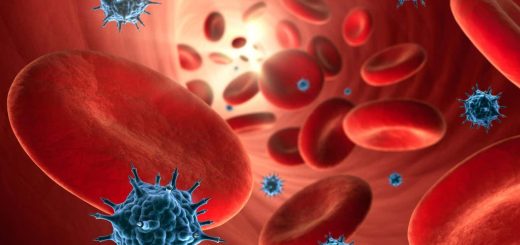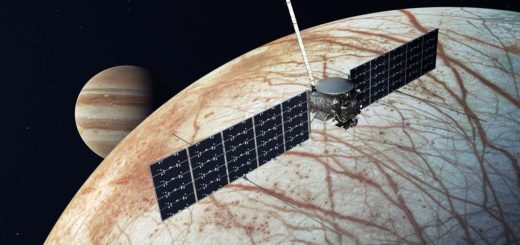Neptune isn’t as blue as we thought it was
An analysis of photos taken by Voyager 2 in the 1980s shows that Neptune and Uranus have a similar pale blue hue as perceived by the human eye
By Alex Wilkins
5 January 2024
The original Voyager 2 photo of Neptune (left) and the reprocessed image from the new study (right)
Patrick Irwin
Neptune’s true colour is a pale greenish-blue similar to that of Uranus, contrary to popular images that show it to be a much deeper shade of blue.
Read more
Mysterious dark spot on Neptune seen from Earth for the first time
NASA’s Voyager 2 spacecraft flew past the outer planets in the 1980s and sent back photos showing that Uranus and Neptune were markedly different colours.
Advertisement
This is puzzling, given their similar size, mass and chemical make-up. Models of the planets’ atmospheres can explain some of the variation – such as a “haze layer” that is thicker on Uranus and reflects more white light, making the planet appear lighter – but these don’t fully explain why the planets should have such different hues.
Now, Patrick Irwin at the University of Oxford and his colleagues have processed the Voyager 2 images to show how the human eye might see the planets.
The original photos of Neptune taken by Voyager 2 had an enhanced contrast ratio to highlight hard-to-see atmospheric features. Along with the way that the colours were balanced to make a final composite image, this made the planet appear bluer.


